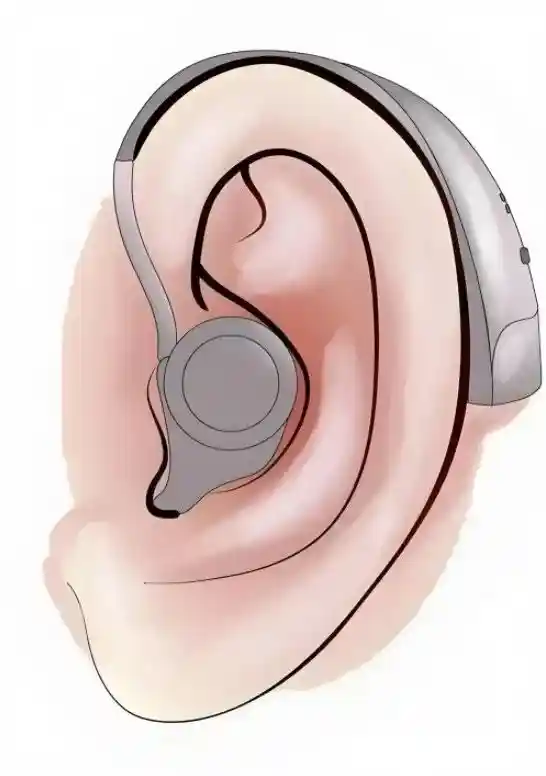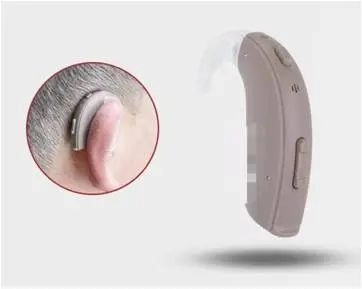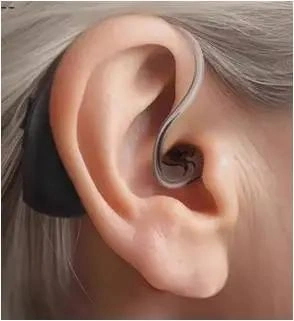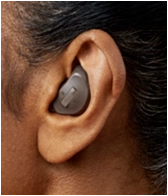
With the continuous development of society, people pay more and more attention to the protection of their ears, and those with hearing loss choose hearing aids to achievehealthy listening and barrier-free communication”, which is no longer the choice of a niche group. Faced with all kinds of hearing AIDS, how to choose? Let’s Tashao and learn about it together!
Principle of Hearing Aid
When people can’t hear sound, it is often the ears that have problems making normal sound smaller. The principle of hearing aids is to use the residual hearing ability of the human ear to help people listen to sound. Hearing aids are often equipped with one more microphones to collect sound, and then after algorithm processing, the sound is played out through the receiver (such as a loudspeaker), and the sound is amplified becomes easy to hear. Hearing aids can be divided into air conduction hearing aids and bone conduction hearing aids.

Air conduction hearing aid
Air conduction hearing aids usually use a horn to emit sound and guide it into the ear. According to the design, air hearing aids can be further divided into behind-the-ear hearing aids and in-the-ear hearing aids.
Behind-the-ear hearing aid
The unit of the behind-the-ear hearing aid is hung on the human ear, and the receiver is inside the hearing aid. The sound is delivered into the ear through the ear. The advantage is that it is more universal and most people can wear it directly on the ear. In addition, hair can also be used to cover it.

With the of technology, in order to obtain a relatively better playback effect, Receiver In Canal Hearing Aid with external receivers have emerged. The receiver of this type of device is outside the aid and is directly placed in the ear canal. The sound is more natural and comfortable, and it can prevent howling and is more concealed after wearing

In-the-ear hearing aid
The in-the-ear hearing aid is placed inside the ear canal, which is relatively more concealed. Since the ear canal is not exactly the same, the in-the-ear hearing aid needs to be customized, also known as a custom machine.

When the volume of the inthe-ear hearing aid is designed to be smaller and smaller, it can go deeper and deeper into the ear canal, more concealed, and relatively less powerful. This type of inthe-ear hearing aid is sometimes also called an ear canal hearing aid.
Bone-conduction hearing aids
For some people with hearing loss, they dislike the feeling of having their ears blocked by air conduction hearing aids, or when the hearing loss is in the middle or outer ear, bone conduction hearing aids can be a good choice.
Bone conduction hearing aids typically use a vibrating oscillator to transmit sound, with the bone conduction oscillator against the head or implanted in the skull, and some can even be worn on teeth or clipped to a collar. Bone conduction hearing aids do not block the ear and can bypass the middle and outer ear to transmit sound, with its unique advantages. Some bone conduction hearing aids are particularly suitable for patients with unilateral deafness







